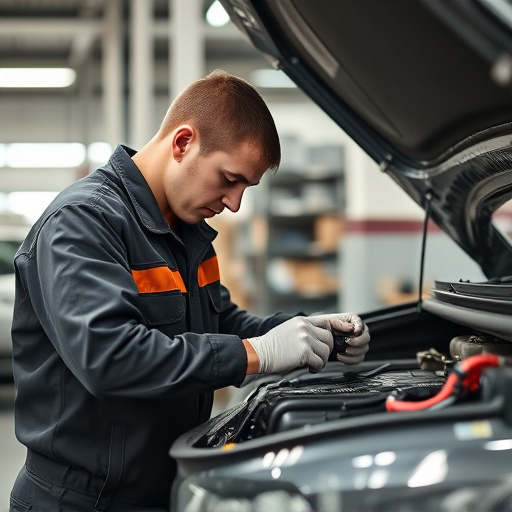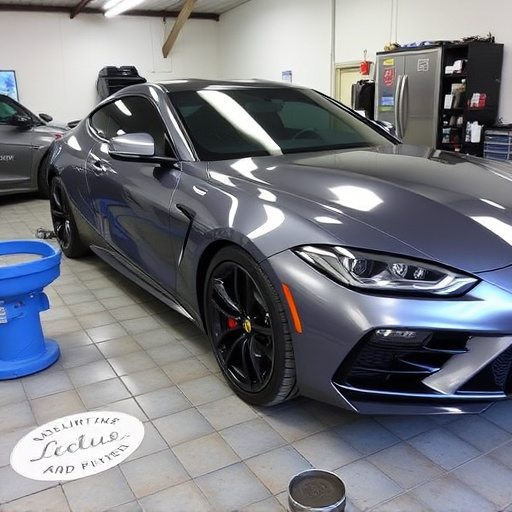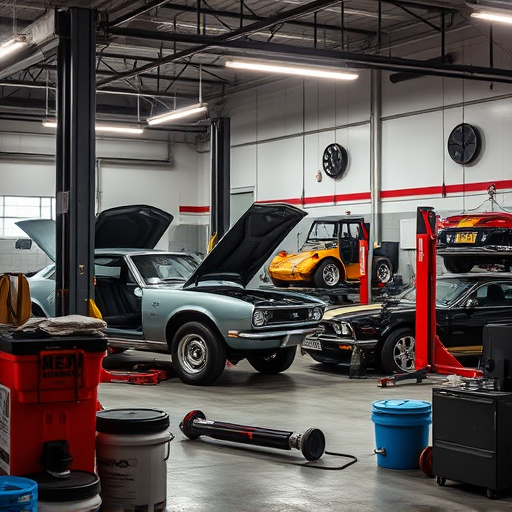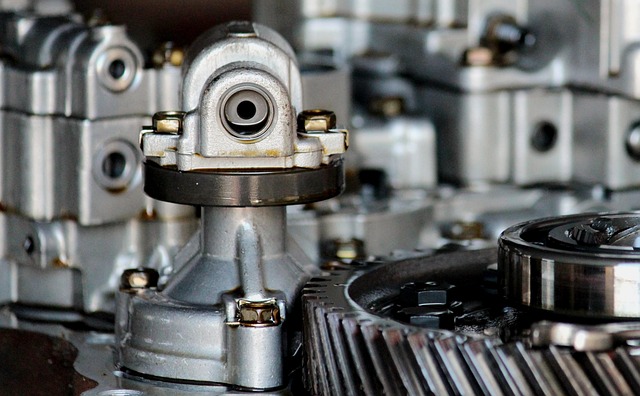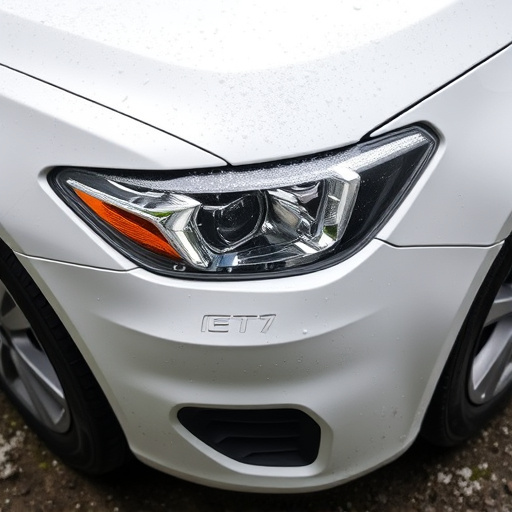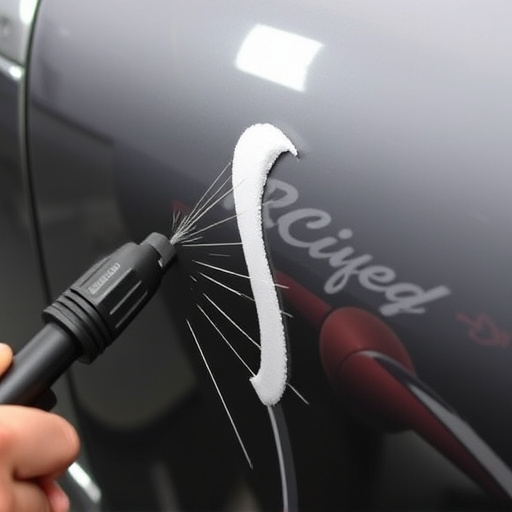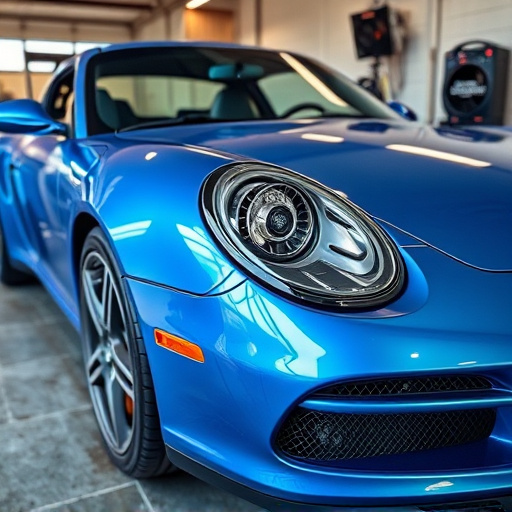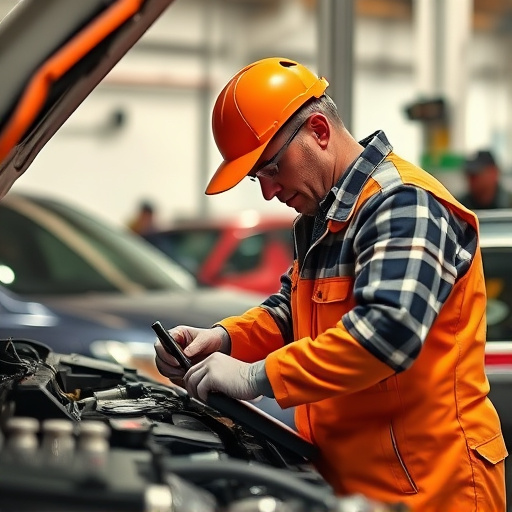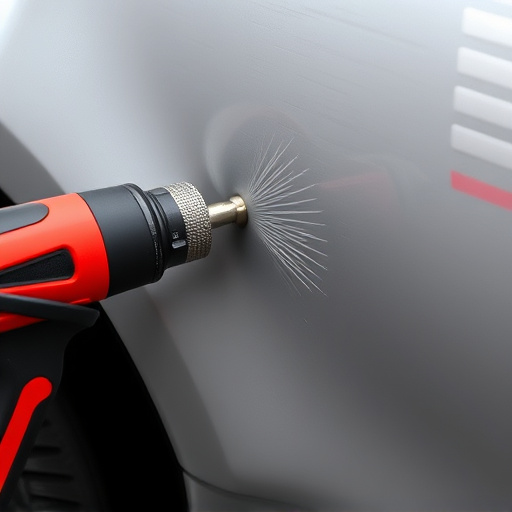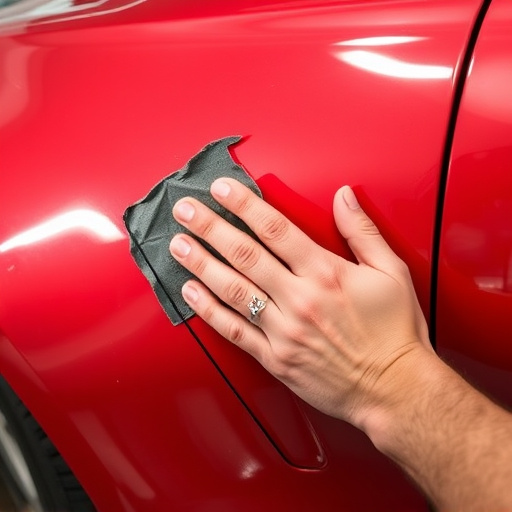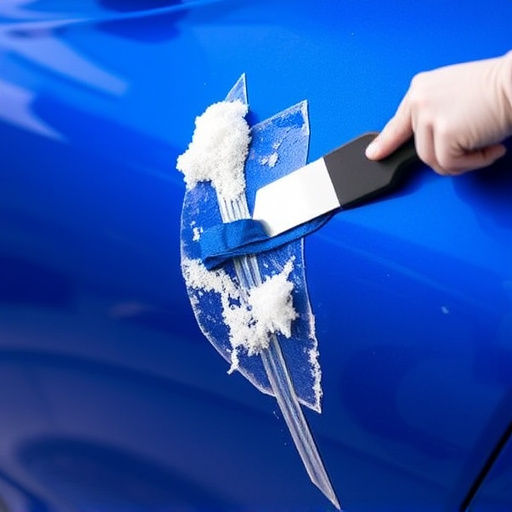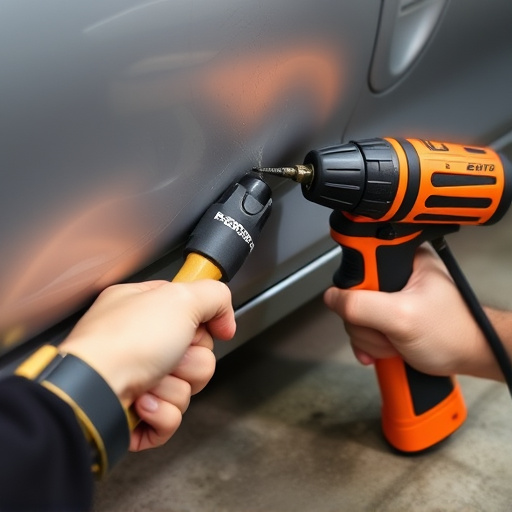Blending panels is a critical process in collision repairs, ensuring structural integrity and restoring vehicles' aesthetic appeal by seamlessly integrating new or repaired sections like fenders or doors with existing body structures. Skilled technicians use precise methods to match color, texture, and contour, preventing gaps or overlaps for flawless results, especially in bumper and trim repairs, maintaining structural stability and enhancing the vehicle's overall design.
Blending panels have transformed collision repair, offering a precise and aesthetically pleasing solution for bumper and trim repairs. This article delves into the world of blending panels, providing a comprehensive guide on their application in automotive restoration. We’ll explore the basics of these advanced materials, offer step-by-step strategies for effective repairs, and highlight key techniques for seamless integration. By understanding blending panels, you’ll master the art of restoring vehicle aesthetics to their original condition.
- Understanding Blending Panels: The Basics
- Bumper and Trim Repairs: A Comprehensive Guide
- Effective Strategies for Seamless Integration
Understanding Blending Panels: The Basics

Blending panels is a crucial process within the realm of collision and auto body repairs. It involves seamlessly integrating new or repaired sections of a vehicle’s panel, such as fenders, doors, or trunks, with the existing body structure. This technique ensures that not only does the repair match the original aesthetics, but it also maintains the structural integrity of the vehicle.
Automotive repair services often utilize blending panels to restore vehicles damaged in accidents or through normal wear and tear. The process begins by carefully removing the damaged panel, followed by precise cutting and fitting of a new or repaired panel. Skilled technicians then employ specialized tools and techniques to blend the edges of the new panel with the surrounding body surfaces. This meticulous approach is key to achieving a seamless finish, hiding any evidence of damage, and ensuring the vehicle’s structural stability in the event of future collisions or wear. For instance, when conducting a vehicle dent repair or auto glass repair, blending panels play a vital role in completing the restoration project.
Bumper and Trim Repairs: A Comprehensive Guide
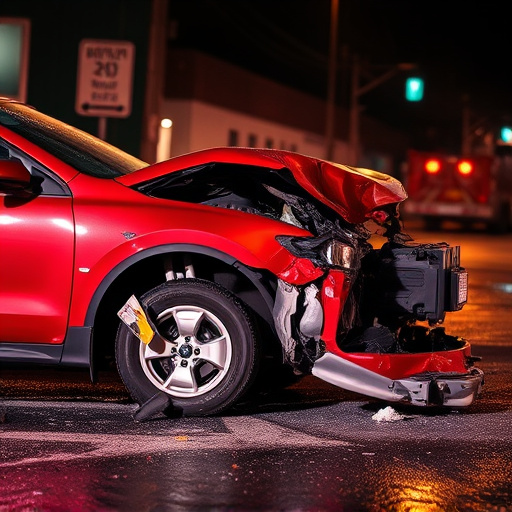
Bumper and trim repairs are essential components of any comprehensive auto body restoration, especially when it comes to blending panels after a collision. Whether it’s a minor fender bender or a more significant accident, the bumper and trim often bear the brunt of the impact, requiring careful attention during the repair process. This is where skilled technicians utilize blending panels to seamlessly integrate replacement parts with the existing vehicle structure.
In the world of auto body repairs, especially for classic car restoration or luxury vehicle repair, precision is key. Blending panels involve matching the color, texture, and contour of the original components to ensure a flawless finish. By carefully aligning and fusing new bumpers, grilles, or trim pieces with the existing panel, these skilled artisans create a subtle transition that’s almost imperceptible to the naked eye. This meticulous approach not only enhances the vehicle’s aesthetic appeal but also ensures structural integrity, making it a vital step in any collision repair process.
Effective Strategies for Seamless Integration
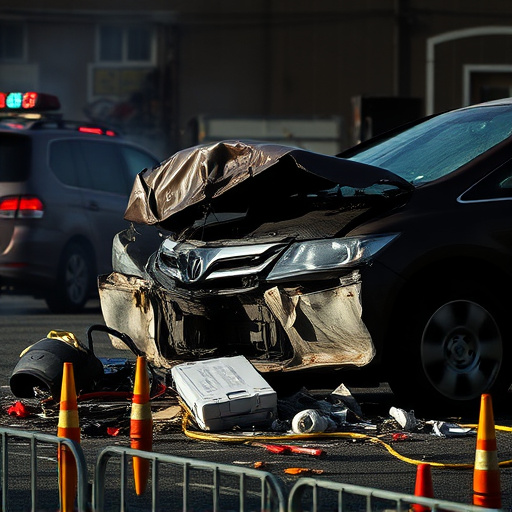
Effective strategies for seamless integration of blending panels with bumper and trim repairs involve a combination of precision and skill. First, ensuring proper alignment is crucial; even slight misalignments can result in noticeable gaps or overlaps, compromising the aesthetic appeal of the repair. Professional technicians use specialized tools to measure and adjust the panel placement, achieving perfect fitment.
Additionally, understanding material properties is essential. Blending panels, often made from durable yet malleable materials, require careful handling during the collision process. Car bodywork services that specialize in these repairs employ advanced dent removal techniques, carefully applying heat or force while adhering to the original vehicle design. This ensures not just structural integrity but also a seamless blend with existing car bodywork and trim elements.
Blending panels effectively with bumper and trim repairs is a game-changer in the automotive industry, allowing for efficient and seamless restoration. By understanding the basics of blending panels and implementing effective strategies, collision repair professionals can achieve exceptional results. This comprehensive guide has outlined the process, from the fundamentals to practical tips, empowering technicians to master the art of blending panels seamlessly into bumper and trim repairs. Embrace these techniques to elevate your work and deliver top-notch customer satisfaction.
